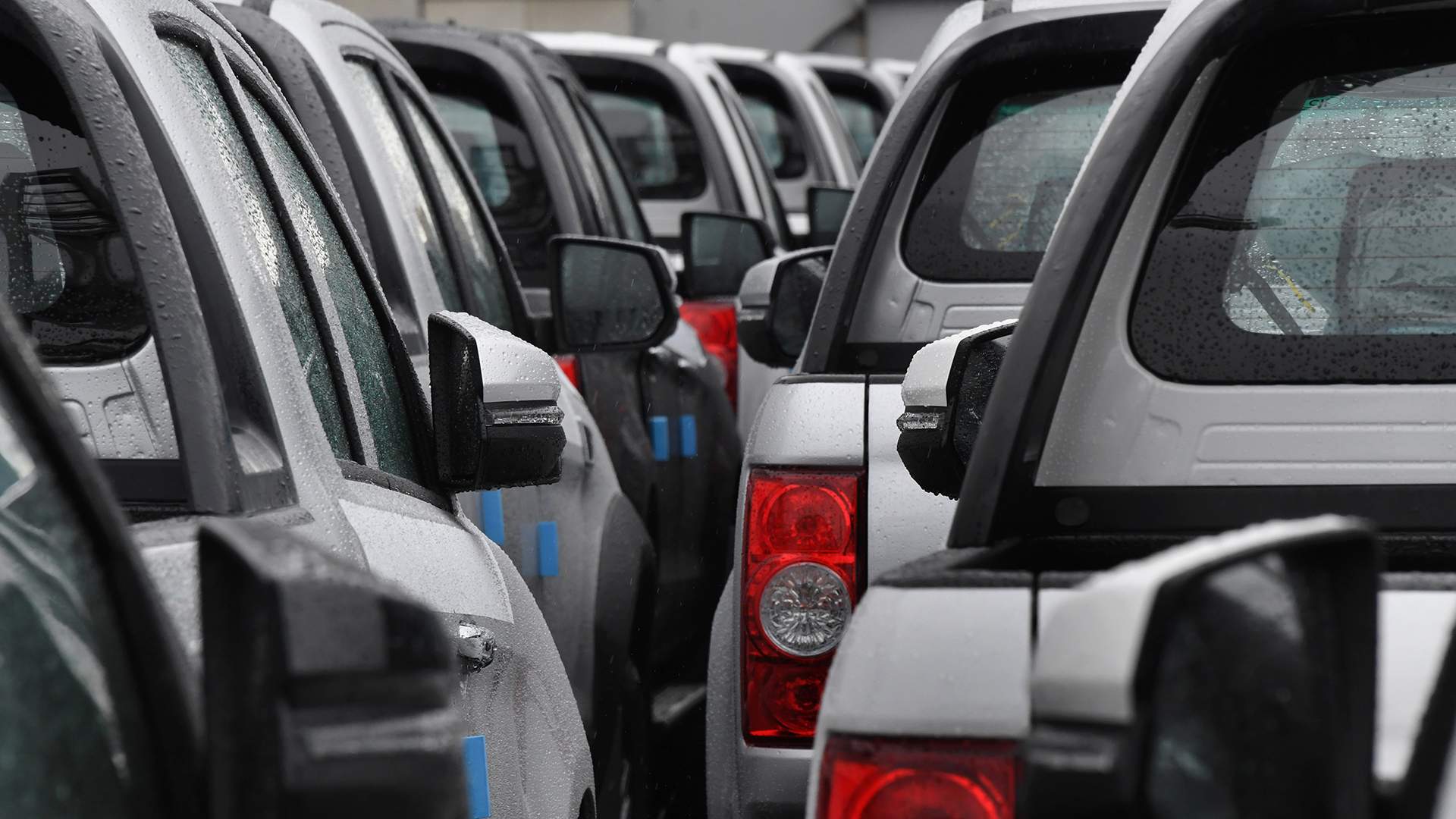Left: the share of imports of used right-hand drive cars has decreased in Russia

Over the past three years, the structure of used car imports has undergone drastic changes. The share of imported right-hand drive vehicles has decreased by almost a third, but there are still more of them than models designed for right-hand traffic. Izvestia found out what this is about.
Changing priorities
Since 2022, the share of used cars with right-hand drive in the total import of used cars to our country has been 60.5%. This was stated by Sergey Tselikov, General Director of the analytical agency Autostat. At the same time, according to Autostat, the share of used right-hand drive cars has decreased over the past three years. Back in 2022, they accounted for 85% of all used car imports.
At the same time, the total volume of used cars imported into our country has increased significantly over the past three years. So, in 2022, about 260 thousand used cars were imported to Russia, in 2023 their number increased to 385 thousand, and by the end of last year - to 395 thousand.
Toyota (41.1%) and Honda (27.6%) models imported from Japan became the most popular in 2024. Nissan cars in the structure of "right-hand drive" imports took a share of 8.7%, Subaru accounted for 5%, Suzuki and Mazda — 4% each, Daihatsu occupies 2.4%. The remaining 7.2% is distributed to other right-hand drive vehicles, including models of some European brands designed for the Japanese market.
BMW models occupy the lead among imported cars with a left—hand drive position - 16.3%. This is followed by Kia (13.5%), Hyundai (9.6%), Volkswagen (7.2%), Mercedes-Benz (5.7%), European and American Toyota models (5.5%), and Audi (5.1%). Other brands have a significantly lower share in total imports, but they account for a total of 37.1% of imported left-hand drive vehicles.
Old instead of new
The general director of Autostat explains the increase in the share of imports of used left-hand drive cars by the termination of official deliveries of new cars from companies that left Russia in 2022. As a result, these cars, both new and used, began to arrive in Russia through alternative channels.
Anton Shaparin, Vice President of the National Automobile Union (NAS), agrees with him. According to him, the demand for models from European, American and Korean manufacturers has not gone away. However, due to a noticeable increase in prices for new models of these brands supplied through alternative channels, demand for used cars has increased.
— There are quite a lot of people who basically do not want to drive a Russian car or a Chinese car. But at the same time, they can't afford a new "European" or "Korean" either. That's why they're moving into the segment of used left—hand drive cars," NAS vice president told Izvestia.
At the same time, according to the expert, there is a clear division in the structure of used car imports. Models with a traditional steering wheel arrangement are primarily represented by mid-range and higher-end cars, as well as premium and luxury cars. The more affordable segments are dominated by right-hand drive models, Anton Shaparin notes.
Maxim Kadakov, editor-in-chief of Za Rulem magazine, also notes the obvious dependence of the class of imported cars on the location of the controls.
— If we are talking about the left-hand drive, then these are primarily premium models that are still in high demand in our country. Most often, these are sedans and SUVs of European brands, as well as Korean and Japanese manufacturers. Right—hand drive cars are mostly represented by compact crossovers, minivans and "keikars" of Japanese brands, the expert said.
Right steering
Along with segmentation by steering wheel position and class, Russian motorists have a clear "geographical" division of priorities, says Igor Morzharetto, partner at the Autostat analytical agency. In most cases, used cars with left-hand drive are chosen by consumers in the European part of the country and in the Urals. Residents of Siberia and the Far East traditionally give priority to right-hand drive models, he emphasizes. At the same time, despite the decrease in the share of such cars in the total import structure, their number has not decreased over the past 2-3 years, but even increased, the partner of Autostat is convinced.
— The other day I drove from Irkutsk to Vladivostok. Caravans of car carriers loaded with right-hand drive Japanese cars were coming towards them. Many of these cars are driven from Primorsky Krai and under their own power — with bumpers and hoods glued from stones, often cars are driven on a rigid coupling, — Igor Morzharetto shared his observations.
According to him, the recent introduction by Japan of restrictions on the export of used cars to the Russian Federation has not particularly affected trade. Only the models themselves, which are now imported into Russia, have changed, the expert noted.
— Now these are mostly compact crossovers and minivans with engines up to 1.9 liters, which do not fall under the restrictions imposed, — said Igor Morzharetto.
As a rule, the cost of such cars does not exceed 1.3–1.5 million rubles, Anton Shaparin noted. They usually have good equipment, automatic transmission, all-wheel drive. Therefore, residents of Siberia and the Far East purchase such used right-hand drive vehicles as the only alternative to the new Russian or Chinese budget model at the moment, he stressed.
Переведено сервисом «Яндекс Переводчик»






